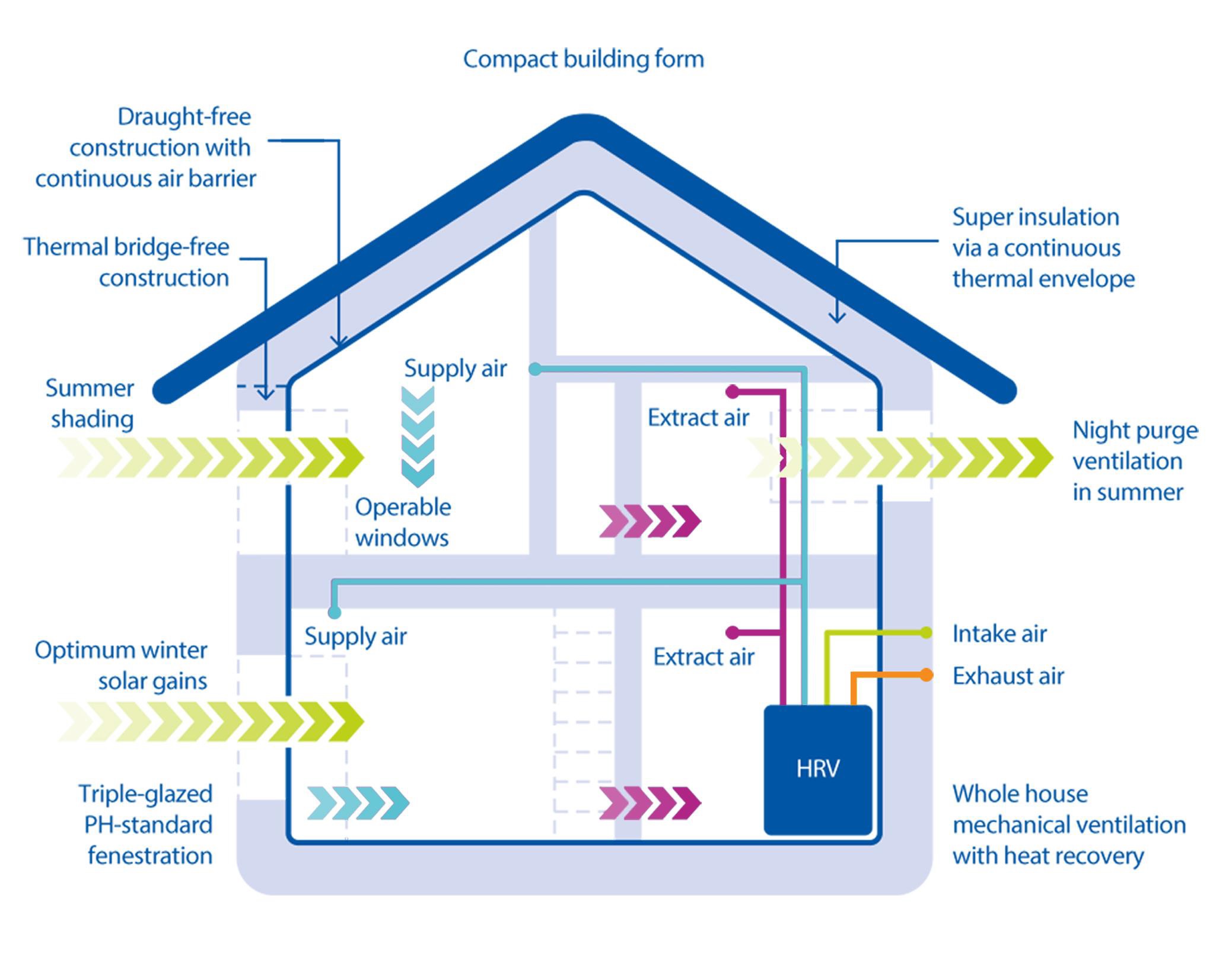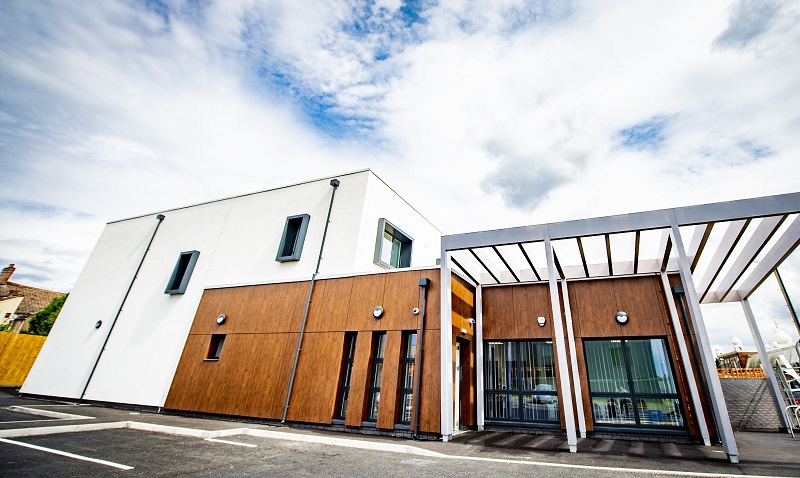The NHS could make significant savings and meet its net-zero carbon targets sooner if it more widely adopted the Passivhaus design and construction approach across all developments, a new report reveals.
Research by Tooley Foster, Community Health Partnerships (CHP), and AECOM is outlined in a new paper exploring how long-term savings from constructing healthcare building to Passivhaus standards could save the NHS money.
The publication comes as recent surges in energy costs, and the NHS’s commitment to becoming zero carbon, means innovative approaches are more pertinent than ever.
Entitled Reducing the cost of healthcare buildings with Passivhaus, the research shows the importance of low-energy design for future carbon reduction and captures detailed cost and energy usage data from two NHS health centres built in 2008 and 2014, comparing these figures against projected data for the same buildings, but this time constructed to the Passivhaus Classic standard.
What is Passivhaus?
Originally developed for the housing sector, the Passivhaus standard applies to all building types and aims to create comfortable buildings, with enviable air quality and remarkably-low running costs and carbon emissions.
Essential elements include superior thermal performance, minimal air leakage, and continuous ventilation, with most heat recovered.
The approach considerably reduces the requirement for heating or cooling, while providing a controlled internal environment with improved air quality.
There are currently three Passivhaus standards for new buildings and one for retrofit schemes, all of which are based on the same approach.
Heating for a ‘Passivhaus Classic’ building is from sunlight, people, and appliances, with a very small top-up in winter from a simple heating system; while ‘Passivhaus Plus’ and ‘Passivhaus Premium’ buildings add renewable energy systems to further reduce carbon emissions further.
‘Passivhaus for Retrofit’ uses the same set of criteria as for Passivhaus Classic new-build projects, but with slightly-reduced criteria levels that address the challenges posed by existing buildings.
The two projects covered in the research are Forrest Medical Centre in Coventry and the Grand Union Village Health Centre (GUV) in Greater London.

Passivhaus buildings are comfortable with good air quality, low running costs, and low carbon emissions
Making savings
The Forrest Medical Centre opened in 2014 and has 652sq m of floorspace over two storeys.
The paper reveals that, while the construction cost of the Passivhaus building would have been 14% more than the traditional approach used – due to the inclusion of additional insulation and other energy-reduction methods – its significantly-lower energy use meant the wholelife cost broke even after 14 years and was 10% lower over the full 25-year study period, a typical lifespan for this type of NHS project.
The GUV was constructed in 2008, with a 1,913sq m usable floor area over five storeys.
The research found that energy usage for the Passivhaus version was 31% less than the existing building.
The paper also provided an overview of the Foleshill Health Centre, also in Coventry, which to date is the UK’s greenest healthcare building and the country’s first Passivhaus medical centre.
Onsite for just 25 weeks using offsite modular construction methods; the £3.3m scheme has two floors housing five consulting rooms, two treatment rooms, offices, a reception area and a waiting room.
A pre-construction analysis, prepared by AECOM, demonstrated a £450,000 saving over a 40-year period using the Passivhaus approach.
This is less than a third of the equivalent cost of a traditional building, and provides significant savings over its lifetime believed to be a minimum of 6.3% over 40 years. And carbon emissions savings are projected to be 411 tonnes per year.
Comfortable buildings
The report states: “Our analysis shows reduced running and capital costs give lower whole-life costs compared to buildings constructed to current standards.”
Peter Ranken, director of sustainability at Tooley Foster, added: “The Passivhaus Institut’s certification of Foleshill Health Centre confirms that Passivhaus works for UK health buildings and is the culmination of the Proof of Concept process Tooley Foster carried out with CHP and AECOM to show that energy-efficient, comfortable health buildings are possible with lower whole-life costs than the conventional alternative.”
And Malcolm Twite, chief commercial officer at CHP, told BBH: “As the first health building development of its kind in the UK, we had to ensure that every option was thoroughly explored and evaluated before gaining national approval from NHS England.
“However, this now provides the opportunity to evidence the case for sustainable development and will make a valuable contribution to the Government target of reducing carbon emissions to zero by 2045; no small challenge when the health estate makes up 4-5% of England’s carbon footprint.”
Modern methods of construction (MMC) will play a key role in delivering future projects, the report states.
Lee Connolly, head of project design and engineering at Portakabin, which delivered the Foleshill scheme, said: “This pilot project is pushing the boundaries of offsite construction within the public sector as well as the perceptions of that which can be achieved with MMC.
“Foleshill is showcasing the flexibility of MMC and is a bold and brave step toward creating a legacy of buildings that will help the construction industry pro-actively tackle climate change.”

Foleshill Health Centre in Coventry is the UK's greenest medical facility, and the first to gain Passivhaus certification




